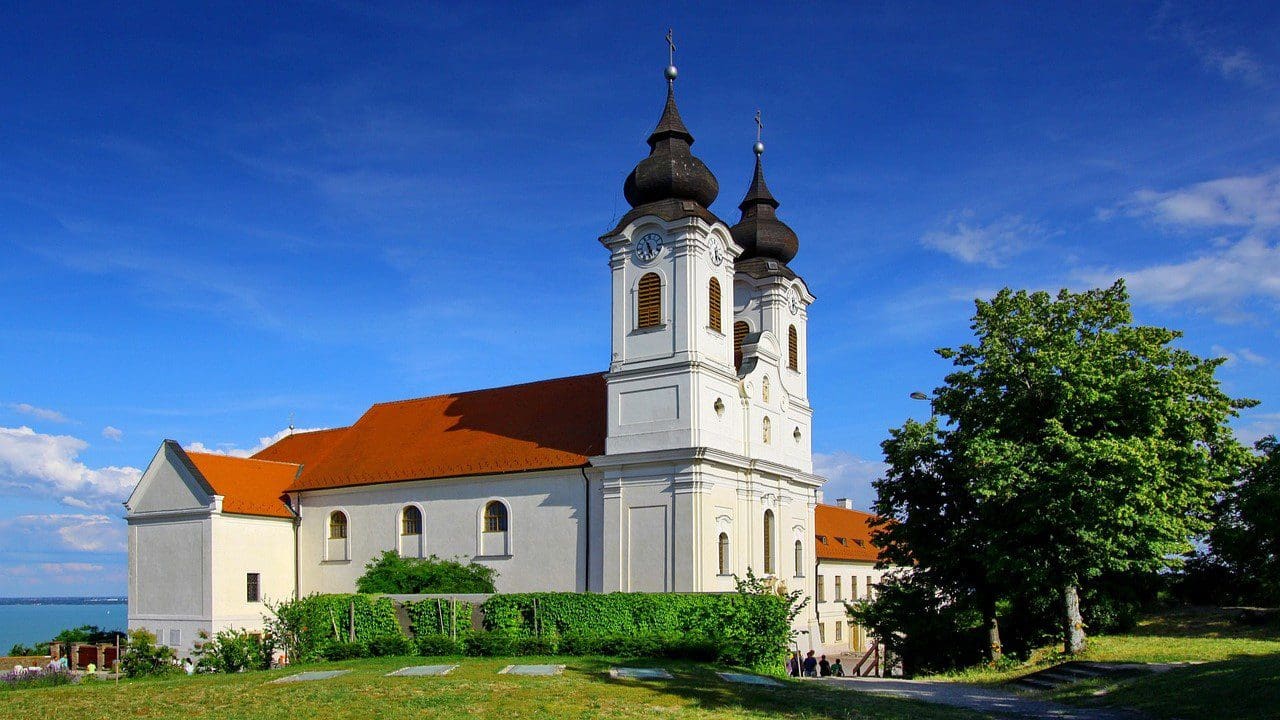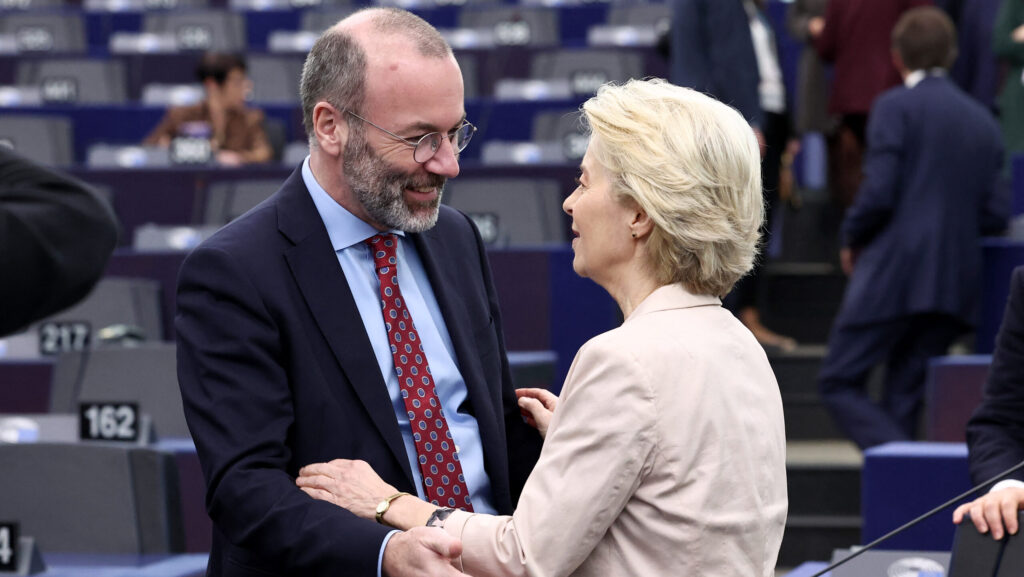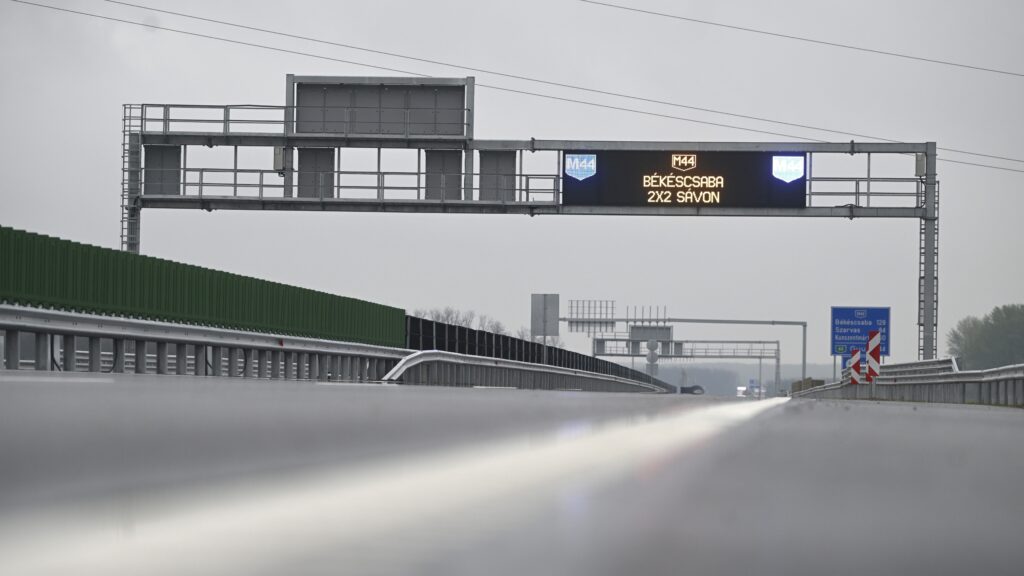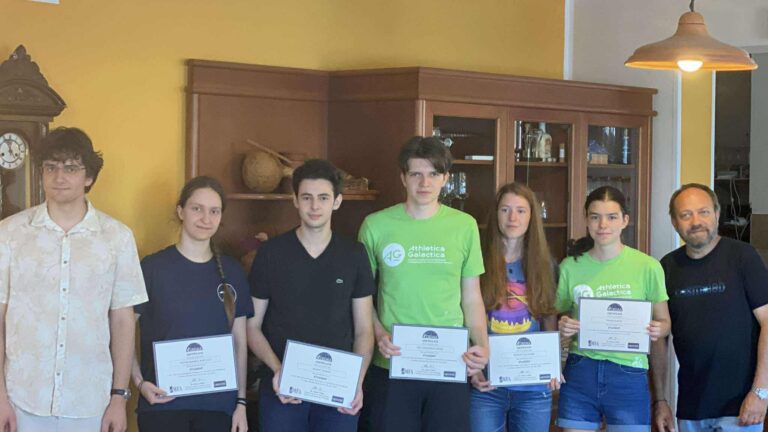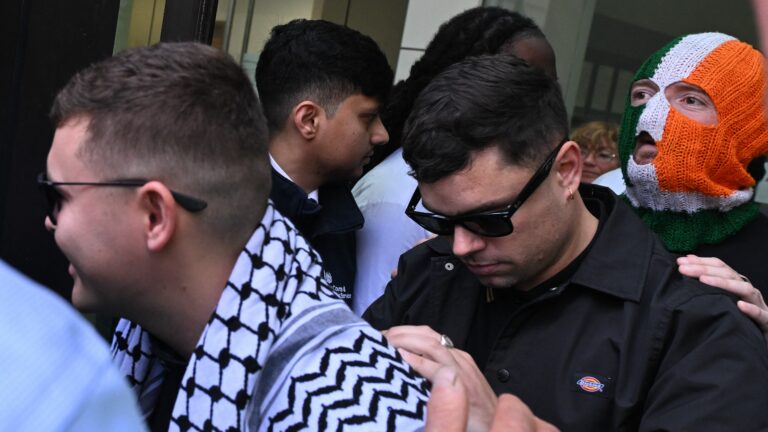The director of the Archives of the Benedictine Archabbey of Pannonhalma called the Deed of Foundation of the Tihany Abbey the most important document of Hungary.
‘The role of museums is to give identity to those visiting them, and one of the important pieces of our national identity is the Deed of Foundation of the Tihany Abbey,’ Máté Vincze, the Deputy State Secretary for Public Collections and Cultural Development of the Ministry of Culture and Innovation (KIM) said at the opening of the exhibition titled The Deed of Foundation of Tihany — in Person.
At the exhibition at the Benedictine Abbey Museum in Tihany, open until 31 August, visitors can not only see Hungary’s first surviving original written document from 1055, but also learn about the historical circumstances of the abbey’s founding and its former operation.
The deputy state secretary highlighted that the cooperation of ecclesiastical and secular professionals is aimed at preserving our culture, and
culture, in a broad sense, is everything that the Hungarian community considers as such.
Jeromos Mihályi, the prior of the abbey, expressed his joy that after the archaeological excavation and research of the underground church in Tihany in 2021–2022, they could now organise an exhibition presenting a memory from the beginnings, the era of the foundation of the Hungarian State.
As Archabbot of Pannonhalma Cirill Hortobágyi put it, the Benedictines have always put God, man, and the nation first, and the monastery in Tihany was ‘founded for the sake of eager worship’.
Tamás Dénesi, director of the Archives of the Benedictine Archabbey of Pannonhalma,
called the Deed of Foundation of the Tihany Abbey the most important document of Hungary.
The director revealed that the document was signed by the king himself and that it is written in Latin but also contains Hungarian words. Among the other signatories are German, Slavic, and Hungarian stewards as well, and in this way, it has become a symbol of the encounter of different cultures, he added.
Special Programmes in Tihany on the Night of Museums
The central part of the exhibition is the room dedicated to the Deed of Foundation of Tihany, where the document can be inspected in a special display case in strict compliance with safety and art protection rules. The exhibition is part of the Benedictine Abbey Museum’s visitor route, which starts from the visitor centre next to the baroque church with an introductory film. At the end of the exhibition, a large board game also awaits the children in the museum pedagogy workshop.
According to information provided by the abbey, it organises several events for the experiential presentation of the Deed of Foundation of Tihany and its era.
On 24 June, the Night of Museums, two guided tours will depart from the visitor centre.
During the tours, visitors will be able to listen to medieval Gregorian chants, and will have a chance to meet King Andrew I and his knights, as well as taste the unique drinks and food prepared by the abbey’s monks.
However, there will be special guided tours in July and August, too, with a focus on lifestyle history and linguistics. In addition, during the summer, the Benedictines of Tihany will welcome those interested with a series of free concerts and various lavender programmes.
Related articles:
Click here to read the original article.

